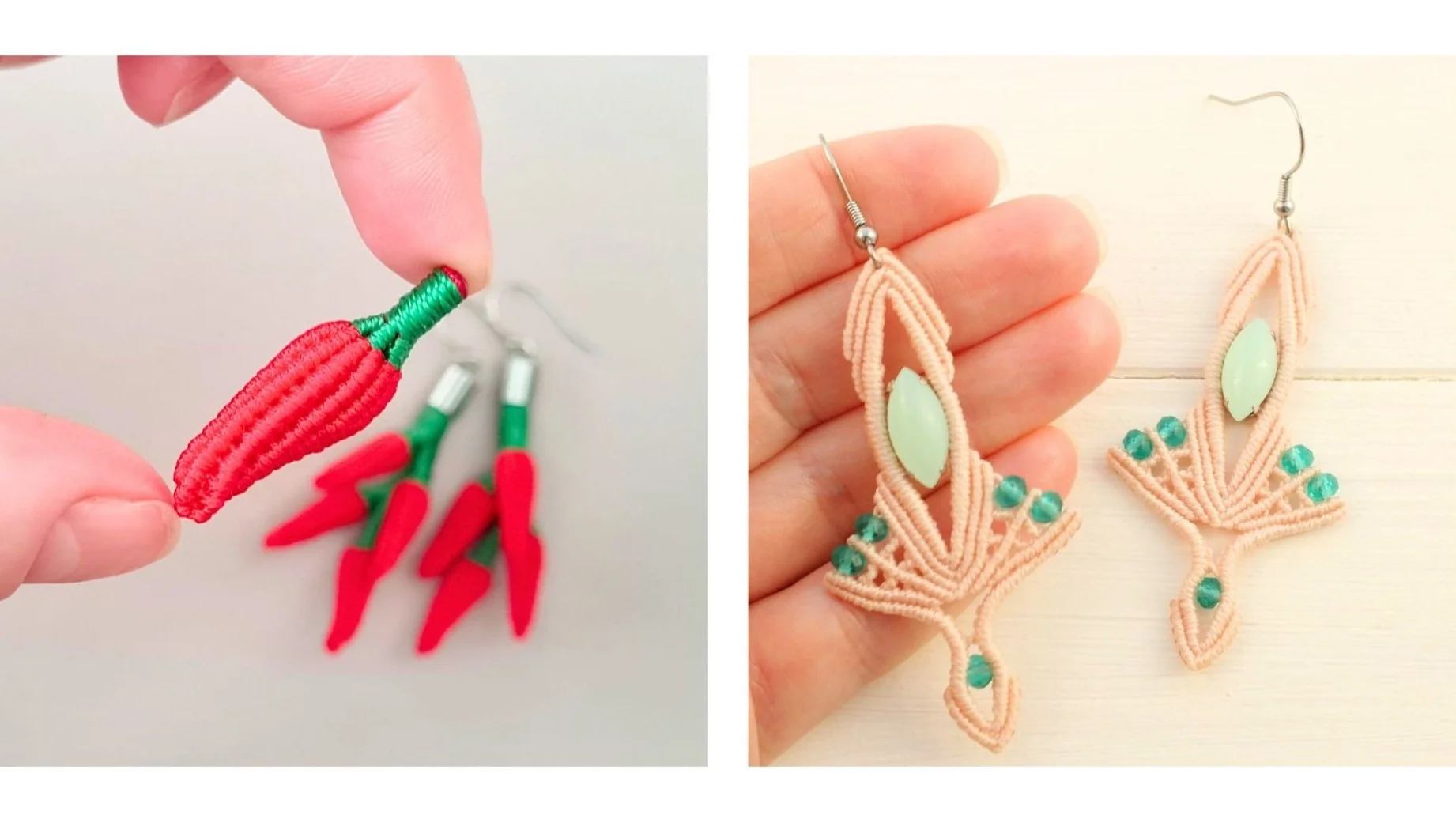Copycat or Inspired? Find Your Creative Voice
How to Deal with Copycats and Stay Focused on Your Creative Business
If you sell handmade products, offer digital patterns, or post tutorials on YouTube, you’ve likely come across copycats. It’s frustrating—but it’s also part of doing business online.
I’ve been there too. Over time, I’ve learned how to protect my creativity and grow my brand—without getting stuck in negativity. Let’s talk about the difference between inspiration vs. imitation, how copying can be a learning tool, and how to keep building what’s truly yours.
🔑 Key Points
Not all copying is theft—intent and credit matter.
Copying can be part of learning, but it’s not the end goal.
Avoid public fights—focus your energy on innovation.
Build your brand and your audience the smart way.
Macrame copycats are common—don’t let them derail you.
🧵 Micro Macrame Inspiration vs. Copying
Many makers start by copying patterns to learn. That’s totally normal. In fact, Macrame Copying can be a great tool for mastering techniques. But there's a big difference between:
Copying to learn → you credit the source, add your twist, and move on
Copying to profit → you take without credit and compete with the original
That’s where the line gets crossed.
🎨 Copying: Mastering the Art of Replication
You’ve probably heard:
“Good artists copy, great artists steal.”
It’s often attributed to Picasso—but it doesn’t mean “steal someone’s Etsy listing.” It means transform, reinterpret, create something new from what inspires you.
In my own journey, I’ve transformed lace and textile techniques into micro macrame pieces. That’s not copying—it’s innovation.
🧶 Examples of Honoring Inspiration
Below are two designs I created based on tutorials from other micro macrame artists. I made sure to credit them because that’s how you honor creativity:
Chili Pepper – inspired by a design from Yuna Titarenko
Long Earrings DIY – a modified version of Nina’s YouTube tutorial
These designs helped me grow—but I also gave proper credit and evolved the ideas.
🚩 The Copycat Trap: Real-Life Examples
Here are some common copycat scenarios:
Your product images show up in a fake shop
A YouTube channel recreates your tutorial without credit
Someone resells your PDF pattern for cheap
Your designs get AI-generated knockoffs
A hobbyist learns from your free content and starts selling their own work
Not all of these are harmful. Some are just part of growth. Others are unethical. What matters is knowing how to respond.
🤔Copying: A Learning Journey or Exploitation?
Sometimes copying is innocent. I once heard a story of a creator who was copied—and got angry. Later, she found out the other person was undergoing cancer treatment and used crafting to cope.
That changed how I see these situations.
But some people do copy on purpose—for money, views, or clicks. They may even use a copyright disclaimer while stealing your work. It happens.
💡 What to Do Instead: Flip the Script
When I first experienced this, I didn’t start a takedown war. Instead, I used that energy to grow:
I started a YouTube channel
I launched PDF macrame patterns on Etsy
I focused on showing up where I hadn’t before
Guess what? I ended up reaching more people—even the audience of those who copied me.
✅ Here's what works:
Keep innovating so no one can keep up
Connect with your community—real fans see the difference
Build your brand identity—make it easy to recognize your style
🤝 Micro Macrame Community Over Competition
I often share photos from other micro macrame makers who create beautiful pieces based on my patterns. I’m so grateful for them. That’s the kind of creativity we need more of.
Give credit. Respect originality. Help each other grow.
🎯 Final Thoughts: Find Your Voice
The art of micro macrame is big enough for everyone—but your voice is what makes your work special. Let copying be a beginning, not the destination.
Stay creative. Stay kind. And keep growing.


